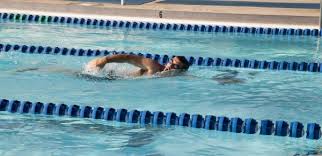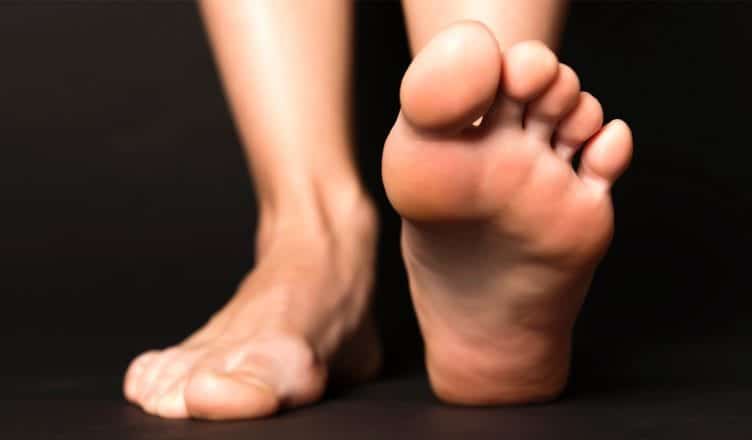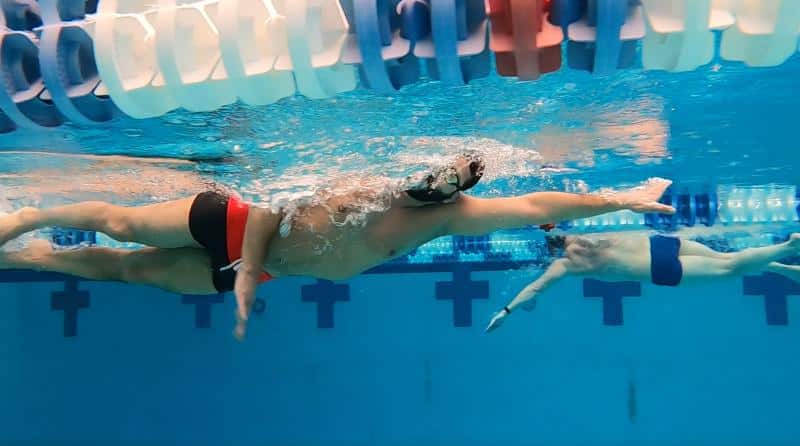Welcome back! Last week, we discussed why swimming is a GREAT compliment to Crossfit and how swimming will actually improve your fitness and Crossfit level.
In case you missed Part I of this series, [CLICK HERE].
This week, we are going to discuss THREE of the common errors seen in most Crossfit Freestyler’s Strokes! All of these errors are universal to swimmers, so if you’re not a Crossfitter—you should STILL read on!
Let’s get started…
A few weeks I ran a swim clinic for the members of Crossfit Key Largo. We did 45-minutes of technique work, followed by a Swim/Run WOD. The Swim/Run WOD was in preparation for the Bacon Beatdown Competition the following weekend in Daytona, FL. As you guys know from Part I, swimming has been involved in the Crossfit games since its’ commencement, so if you want to be competing at an ELITE level in Crossfit—you need to proficient at swimming.
Running this clinic was very interesting for me because THREE major Freestyle errors stuck out across ALL my athlete’s strokes. Whether it be Crossfit or not, these common errors are universal to all swimmers’ and correcting them will significantly increase your speed in the pool. Let’s take a closer look at these errors…
Error #1: Head Positioning

Every single athlete I had at my clinic swam with their head up. This head positioning could be due to a bunch of different factors (i.e. fear, more able to see the upcoming wall, no goggles, etc.), but whatever that reasoning may be—swimming with your head up SIGNIFICANTLY slows you down.
I wrote a guest post a few months back on SwimOutlet.com about your “Bow Wave.” If you haven’t read that article, you totally should, because it’ll explain everything you need to know about your bow wave, the speed of it, and how to avoid it. [CLICK HERE] to read that article.
Essentially, when you swim with your head too high, you create a bow wave (similar to one of a boats’) as you swim through the water. This wave is created from the water (in front of your head) that you are swimming through—to get to the other side. As you swim, this water crashes into your forehead and splits to go around your body, as you continue to propel yourself forward. This wave is essentially a braking force as you swim down the pool.
Think about it: you’re doing all these things: pulling, recovering, kicking, and rotating—just to keep the emergency brake on the whole time. It doesn’t make sense!
A simple fix for this error is to swim with your goggles facing the bottom of the pool. That doesn’t mean your EYES need to be facing the bottom—they can still be looking forward, even though your goggles facing down. The only portion of the head that will be sticking out of the water (when you’re swimming with correct head positioning)–is the crown of your head.
By minimizing the portion of your head above the water, you decrease how big your bow wave is and the drag associated with the wave itself. Try it—I guarantee you’ll be faster.
Error #2 Dorsiflexed Feet

It amazed me how many athletes kicked with their feet in a regular, relaxed position. And remember, we aren’t talking about regular, everyday gym goers here—we are talking about intense, very intrinsically motivated Crossfitters.
The plantarflexed position is not a natural position to be in. Nothing we do in the gym or on-land mimics this position (besides maybe ballet, or diving). BUT, there is ABSOLUTELY nothing you can gain from kicking with a relaxed foot.
To kick well in Freestyle, it requires power and finesse. A lot of my athletes were getting frustrated because they were trying so hard, but going nowhere. It doesn’t matter how much effort you put in—if the effort is concentrated in the wrong place.
Remember: the only portion of the Freestyle stroke that creates any propulsion is your hands and your feet. Everything else just helps enhance that propulsion.
I wrote a series a while back on the Freestyle Kick and WHY you should plantarflex your feet when kicking. If you want more explanation on why plantarflexing is necessary, [CLICK HERE] to read that series.
Error #3: Panic Breathing

Most of the athletes I had would try to swim as fast as they could until they gassed out (or grabbed onto the lane line to catch their breath). This mentality of the harder I go, the faster I’ll be—is NOT true with swimming. We already addressed a portion of this mentality in Error #2, but it was extremely prevalent at my clinic.
Swimming is a hypoxic sport, and by that I mean—with the lack of oxygen. Swimming is very different than weight lifting, gymnastics, and others strictly due to the fact that you have to learn how to breathe and to breathe well.
If you’re new to the sport of swimming, your aerobic engine will need some time to catch up.
Think about it: if you’re used to running—whenever you run, you can breathe. Swimming is not the same. You must learn how to incorporate the proper breathing technique of holding your breath, exhaling, and inhaling to allow your breath to help, and not hinder your Freestyle stroke.
If you want to learn the specifics on how and when to breathe in Freestyle, [CLICK HERE] to read my breathing series.
Overall, it was really interesting for me to run this clinic, as I learned a lot. Not only are these 3 errors common among Crossfit athletes—they’re common among your everyday lap swimmers. Making these necessary changes of lowering your head positioning, plantarflexing your feet, and training your engine on when to breathe will SIGNIFICANTLY improve your Freestyle Stroke and make swimming that much more enjoyable.
[CLICK HERE] for Part III, where we will discuss a few swimming/CrossFit workouts, teams you can get involved with, and more!
Until Next Time,
Abbie Fish

2 Responses